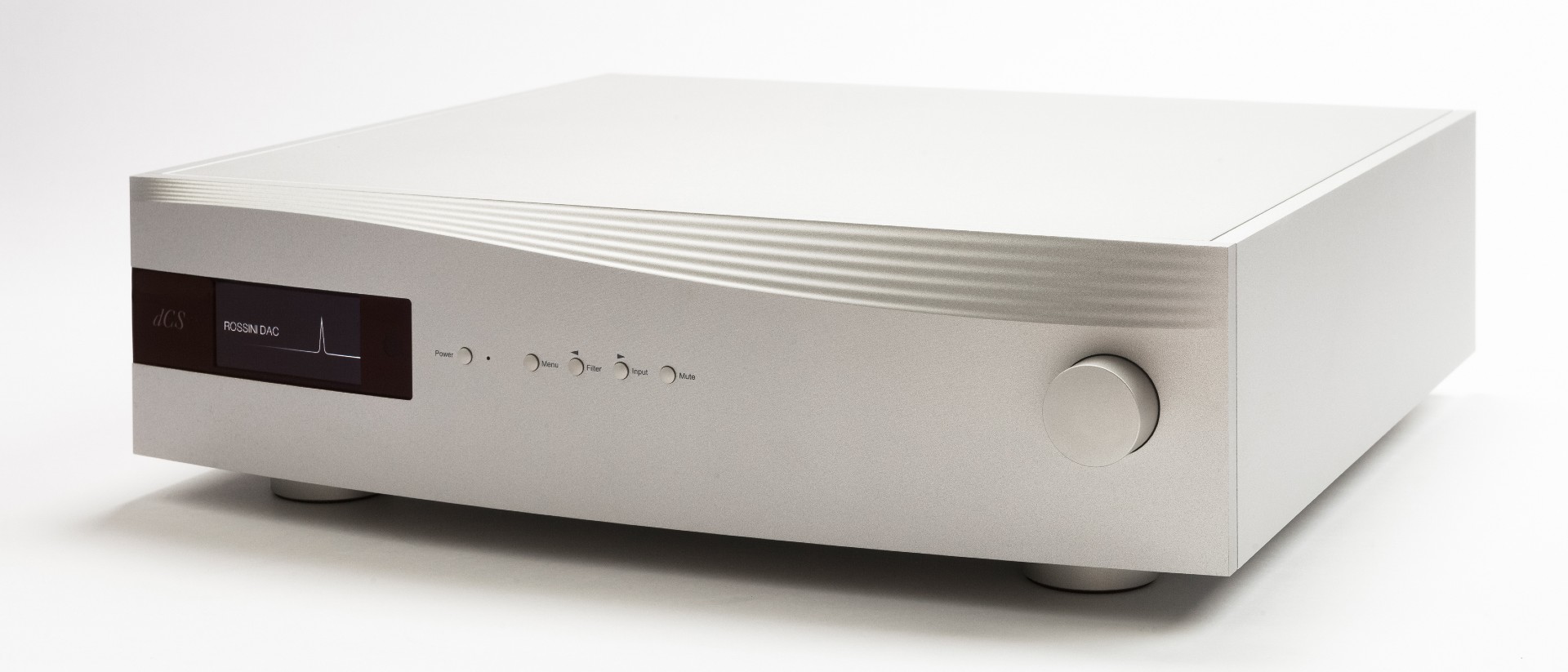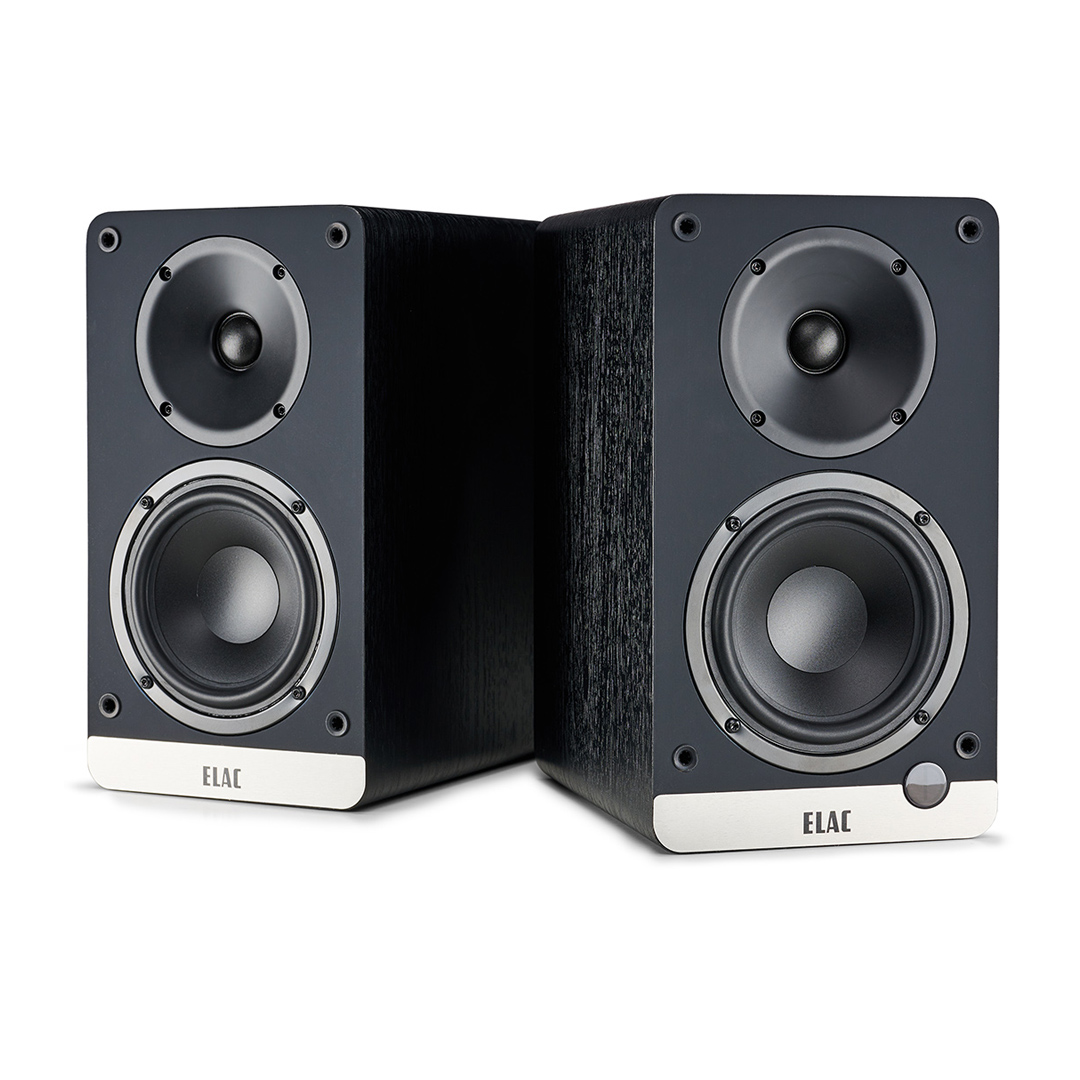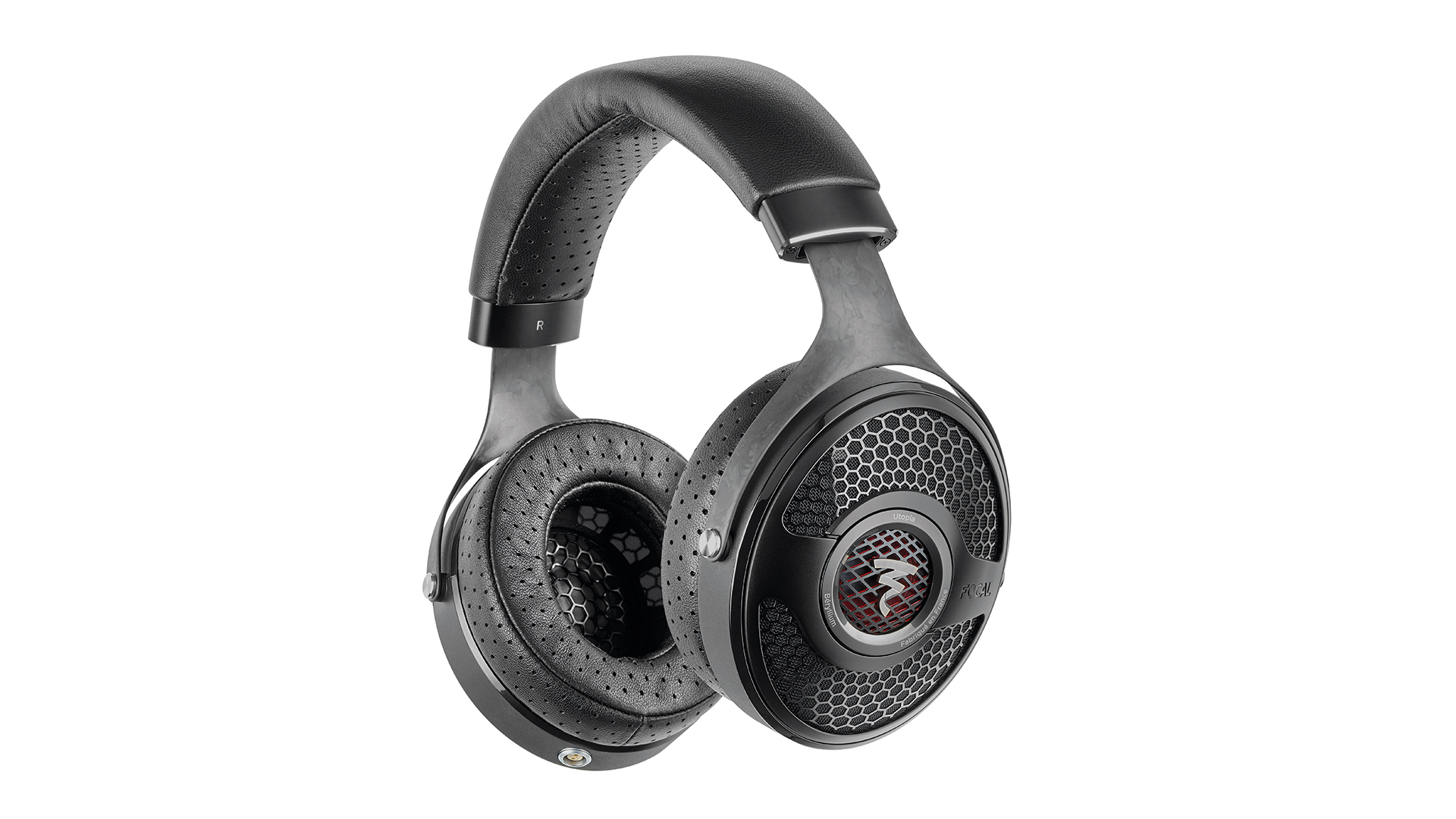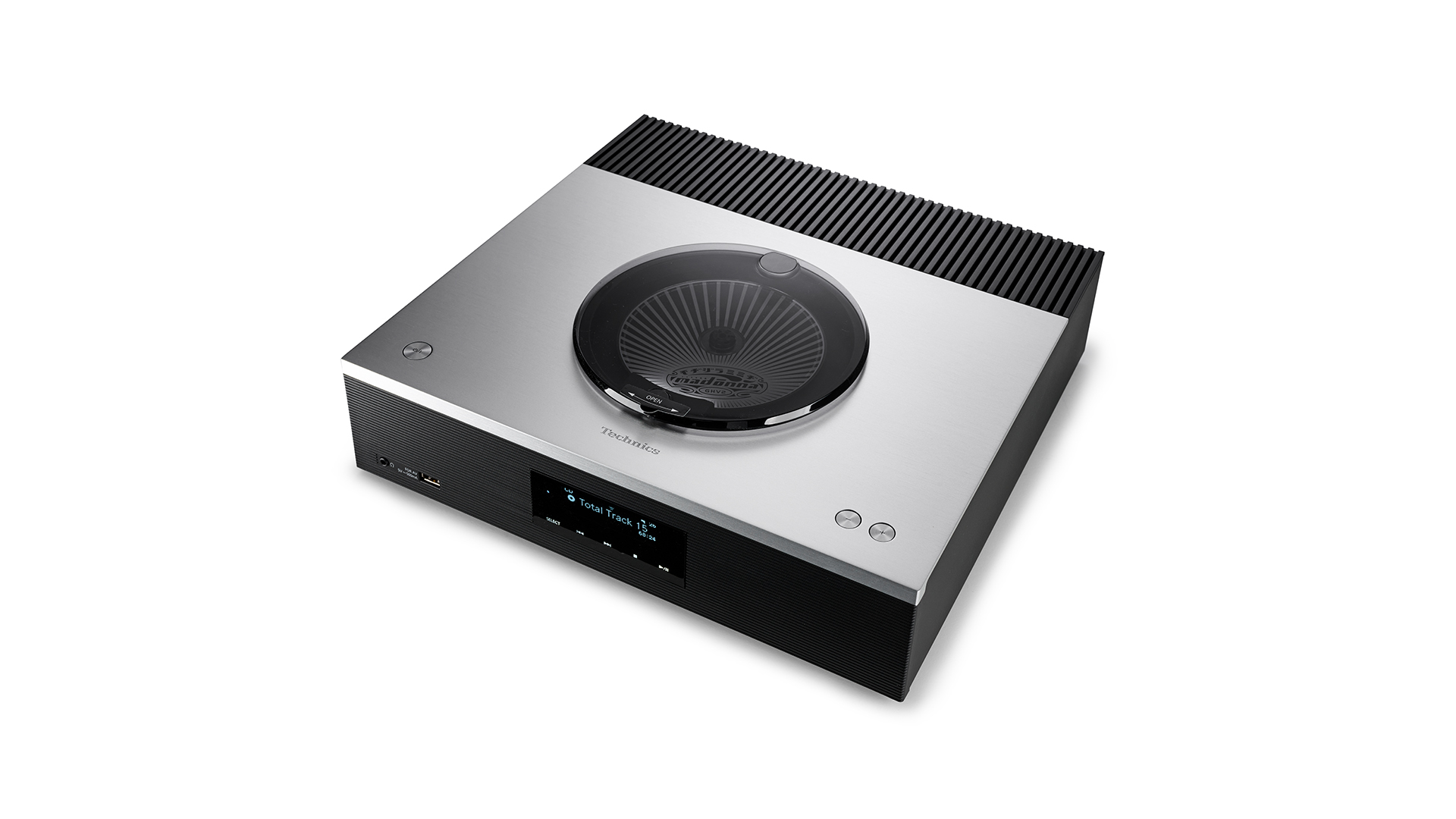I've heard over 100 hi-fi products this year, but these five truly stand out
Our technical editor picks his favourite hi-fi of the year – and no, they aren't all What Hi-Fi? Award winners

Every job has its downsides. Ever-looming deadlines and facing the ire of disgruntled PRs count among mine. Yet I’d be first to admit that there is plenty about what I do for a living that is brilliant, and being able to test some pretty amazing kit ranks right at the top.
I’ve seen and heard many great products this year, from top-notch LG OLED TVs and high-end Sony laser projectors all the way through to PMC's range-topping Fact Finestria speakers. Many have them have deservedly won What Hi-Fi? Awards in recognition of their great value.
But there are products that still stand out beyond these obvious choices. None of my picks below are perfect – after all, what is! – but for one reason or another, they all left an indelible mark in my memory banks long after they left the What Hi-Fi? test rooms.
dCS Rossini Apex streaming DAC

Cambridge-based dCS has been at the forefront of digital technology ever since the brand was founded in the late 80s. It started as a consultancy for the aerospace industry and the military, but it wasn’t long before the company’s attention shifted to audio, first making digital-based products for the pro world and then the home. Its first domestic DAC, the Elgar, pioneered high-resolution playback for the home, starting off with 24-bit/96kHz capability before being upgraded to full-fat 24-bit/192kHz guise.
Over the years, dCS has continued to push performance standards but has always tried to bring existing customers along for the ride. Where possible, any upgrades are retro-fittable to older products and software upgrades are typically free. The new Rossini Apex DAC is a great example. Owners of the previous generation Rossini products can get them brought up to current spec, but in this case there is a cost, as it involves hardware changes. We wouldn’t hesitate to make those changes though, as the sonic improvements are spectacular.
The Rossini Apex DAC combines the latest generation of the company’s sophisticated proprietary Ring DAC technology with newly revamped analogue circuitry. The result is probably the best-sounding DAC What Hi-Fi? has ever tested. I certainly can’t recall any rival that can come close to the awe-inspiring resolution of this product or the utter stability of its presentation. If you’re after the last word in sonic authority and control and have the requisite £26,775 /$32,800/ AU$46,995, dive right in. You won’t regret it.
Read the full dCS Rossini Apex DAC review
Get the What Hi-Fi? Newsletter
The latest hi-fi, home cinema and tech news, reviews, buying advice and deals, direct to your inbox.
Elac Debut Connex DCB41 powered speakers

I admit, listing the Elac Debut ConneX DCB41 powered speakers straight after the extraordinarily dCS Rossini Apex DAC is a bit of a contrast, but this powered package is just so compelling for the money and has been one of the better surprises we have encountered in our test room during the final weeks of 2022.
At £529 / $595 / AU$900, it makes for an excellent starter hi-fi. Just add a source in the form of a phone, laptop or television, and you have an unusually enjoyable set-up for a very reasonable sum of money. Given its price point and compact size, there are of course sonic limitations. But they are so well camouflaged by the skillfully balanced presentation with its fluid dynamics and surefooted sense of timing that I just don’t mind. Nothing else I’ve heard of this type offers so much performance and functionality for so little.
As a team, we carried on listening to this little package long after our testing was finished, even though there were far pricier alternatives at hand. If that isn’t a recommendation I’m not sure what is.
Read the full Elac Debut ConneX DCB41 review
Focal Utopia (2022) open-back headphones

Back to the expensive stuff again. Now, £4699 / $4999 / AU$6999 is a huge sum of money for headphones, I think anyone would agree. But it may surprise many to learn that most of the Focal Utopia's rivals cost even more. The 2022 version introduces mild tweaks to the 40mm beryllium drive unit and earpads, while the back of the earcups benefits from a more open design that closely matches the aesthetics of Focal’s newer models.
The wired, open-back Utopias feel as luxurious and well-made as the price point demands. They are comfortable too, despite weighing a fairly hefty 490g, thanks to the soft, nicely shaped ear pads and headband. But it is the sound quality that impresses me the most.
Don’t even think of using these headphones with a laptop, phone or tablet as your main source. Do so and you’ll never hear just how good they can sound. You need a high-quality dedicated source with a suitably premium headphone amplifier. I think the Chord Hugo 2 is the minimum level to consider. Once that’s sorted, you’ll be treated to some of the most detailed and insightful sounds it is possible to get. These headphones are fast, dynamic and subtle. I hear things in familiar recordings that I’ve never noticed before, but the Focal’s real talent lies in organising all this information into a cohesive and musical whole. While the level of information is deeply impressive, it is the Utopia’s ability to transport me to the recording studio that makes the biggest mark.
Many will struggle with the Focal’s price. Yes, they are expensive for headphones, but their breathtaking sonic ability can truly stir the soul.
Read the full Focal Utopia (2022) review
McIntosh MHA200 headphone amplifier

If you are wondering what kind of headphone amplifier would work particularly well with the Focal Utopia, then this McIntosh is your answer. It is a rather lovely, valve-powered unit that looks every inch the mini McIntosh amplifier it is. The build is solid, though like all products from the American manufacturer, it also has as much the aura of lab equipment as a piece of luxury hi-fi. It may surprise many to learn that there isn’t a DAC included. I don’t mind, as I prefer to have the choice and want McIntosh to focus on the analogue circuitry.
There is the option of balanced and single-ended headphone connections, but beyond that little else in terms of features. But you don’t spend £2995 / $2500 / AU$4995 on an analogue headphone amplifier if features are the priority. There are cheaper products that offer far more in that respect. What they don’t do, however, is come anywhere near the MHA200’s superb sound quality.
This unit offers a full-bodied and fluid presentation of the kind that reminds me why some people think valve amps can never be bettered. But, unlike some lesser examples of the breed, this McIntosh still has expressive dynamics and a good sense of punch. Bass is rich and weighty without sacrificing too much in the way of articulation. The midrange is glorious; open, solid and agile. Vocal nuances are communicated in a natural and unforced way. Anything that has me listening for hours on end has to be really good. The McIntosh MHA200 certainly is.
Read the full McIntosh MHA200 review
Technics SA-C600 just-add-speakers system

When I think of Technics, two images come to mind. The first is of turntables, of course, the brand's history so intertwined with records and the DJ culture that it couldn’t be any other way. My next thought harks back to the 80s and some of the fabulous highly engineered cassette decks the brand made back then. I remember going to John Lewis, back when it sold high-quality separates hi-fi, and just marvelling at the smoothness of the carefully damped cassette drawers as I pressed the eject button. The slickness of the transport mechanisms impressed too.
But Technics in its current incarnation isn’t stuck in the past, as the SA-C600 system proves. This compact unit packs in a CD player and all the modern streaming smarts and connectivity you would expect in 2022. The built-in amplifier offers a modest 30 watts per channel but still proves muscular enough to drive any of the price-compatible speakers we tried during the review.
Given the brand’s heritage, it’s no surprise to find a moving magnet phono stage built-in, though the quality of it is way better than I would expect from a system such as this. This welcome bonus makes partnering the SA-C600 with a good turntable (like the Rega Planar 2) a worthwhile thing to do.
That could only be true if the rest of the SA-C600 sounded equally good, and it does. This is a system that just sounds right. It isn’t the most detailed or transparent package you’ll ever hear but it is one that makes listening to music, any type of music, fun.
The presentation is bold and punchy, and there is a surefooted way with rhythms that very few alternatives match. Those that do, we’re thinking of Naim’s Uniti, cost much more.
This Technics is a fine streamer too, moving seamlessly between the various services and file types without issue. Most of all, regardless of the source, I enjoy listening to this system. Unfortunately, there is little else at this level where I can say the same.
Read the full Technics SA-C600 review
MORE:
See all the What Hi-Fi? Awards 2022 winners
15 tech products make our 2023 wishlist – HomePod 2, Spotify Hi-Fi, new Rega RP3 and more

Ketan Bharadia is the Technical Editor of What Hi-Fi? He has been reviewing hi-fi, TV and home cinema equipment for almost three decades and has covered thousands of products over that time. Ketan works across the What Hi-Fi? brand including the website and magazine. His background is based in electronic and mechanical engineering.
-
DeeGee Thanks Ketan, expertly written with enough openness to enable anyone to gain a huge amount of the right audio understanding to enable them to make their own choices. Very mature, concise, open-minded!Reply
A lovely New Year to you & the Team,
Dorian
